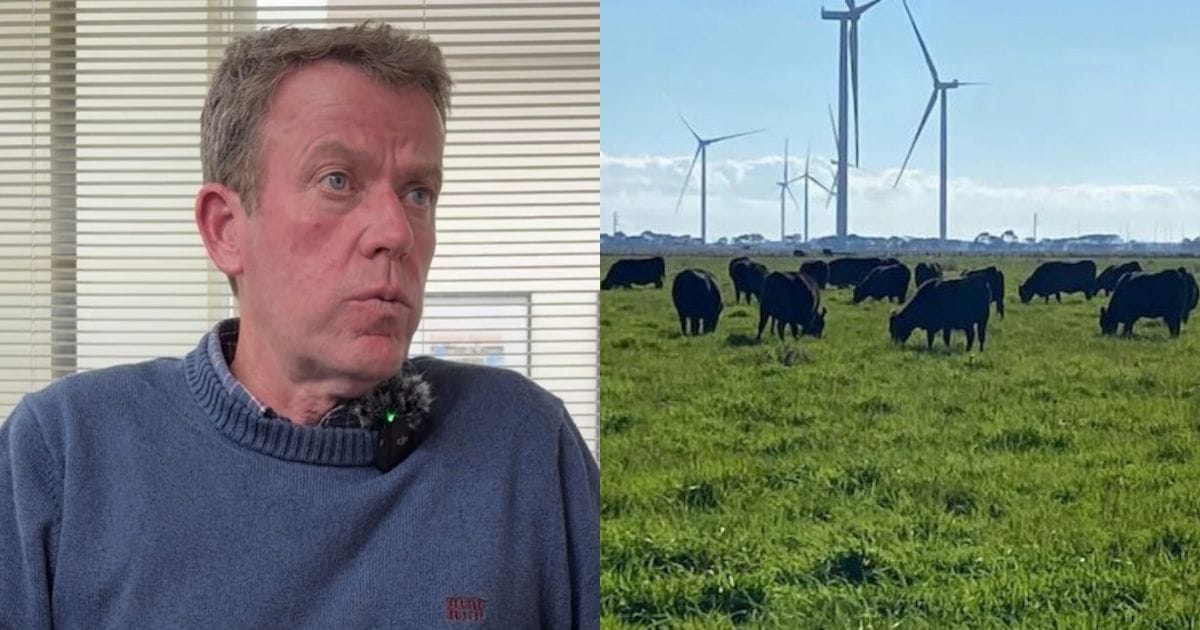Farmers find balance in wind farms. But Dan Tehan isn’t convinced
Asked if farmers should profit from turbines, the Shadow Energy Minister danced around the question.

Western Victorian farmers say income from wind turbines is helping them stay on the land through droughts, but Wannon MP and Shadow Energy Minister Dan Tehan has avoided saying whether they should be free to choose that income.
Farmers across the region are increasingly hosting wind turbines, saying the infrastructure takes up only a fraction of their paddocks while providing a steady “drought-proof” income.
Many continue to graze livestock or grow crops around the turbines.
❓What happened: When asked whether farmers should be able to decide to host turbines on their properties, Tehan did not give a direct answer, instead pointing to figures about land use in the national renewables rollout.
“Obviously, you've got to do everything in balance,” Tehan told the Brolga.
“We’ve seen over the last week the latest data come out, which shows that the proposed renewable rollout will take up a land area roughly about 1.7 times the size of Tasmania.”
👀 Between the lines: The claim, which Tehan has referenced repeatedly, originates from a joint University of Queensland and Princeton University study.
The research estimated that meeting net zero by 2060 could require renewable energy infrastructure across 110,000 square kilometres of land.
Tasmania is about 68,000 square kilometres, which is where Tehan’s comparison comes from.
But experts say it’s misleading to suggest that farmland would be lost on that scale.
The study itself found that:
Renewable infrastructure would only occupy a small portion of the total mapped area, from one to 5 percent, with farms continuing to operate as normal.
⏰ What’s next: In response to follow-up questions, Tehan again referred to the scale of the rollout, saying it was important to “get the balance right” and to ensure projects had “social licence”.
“It might be that for one farm, it takes up 5 percent of the land,” Tehan said.
“But when you map it … it shows quite clearly [that] it’s going to impact prime agricultural land … and especially impact our biodiversity.”
🔬Background check: The study Tehan cited, however, concluded that renewable development can coexist with farming while protecting wildlife habitats.
The research team worked with the National Farmers’ Federation and other stakeholders to model how wind and solar projects could integrate with agricultural production.
🏡 Local impacts: For many western Victorian farmers, that’s already happening.
They say renewable projects provide both a climate-resilient income stream and a chance to future-proof local rural economies, if communities are properly consulted and share in the benefits.


